Home>Home Appliances>Lighting Appliances>How Long LED Strips Last
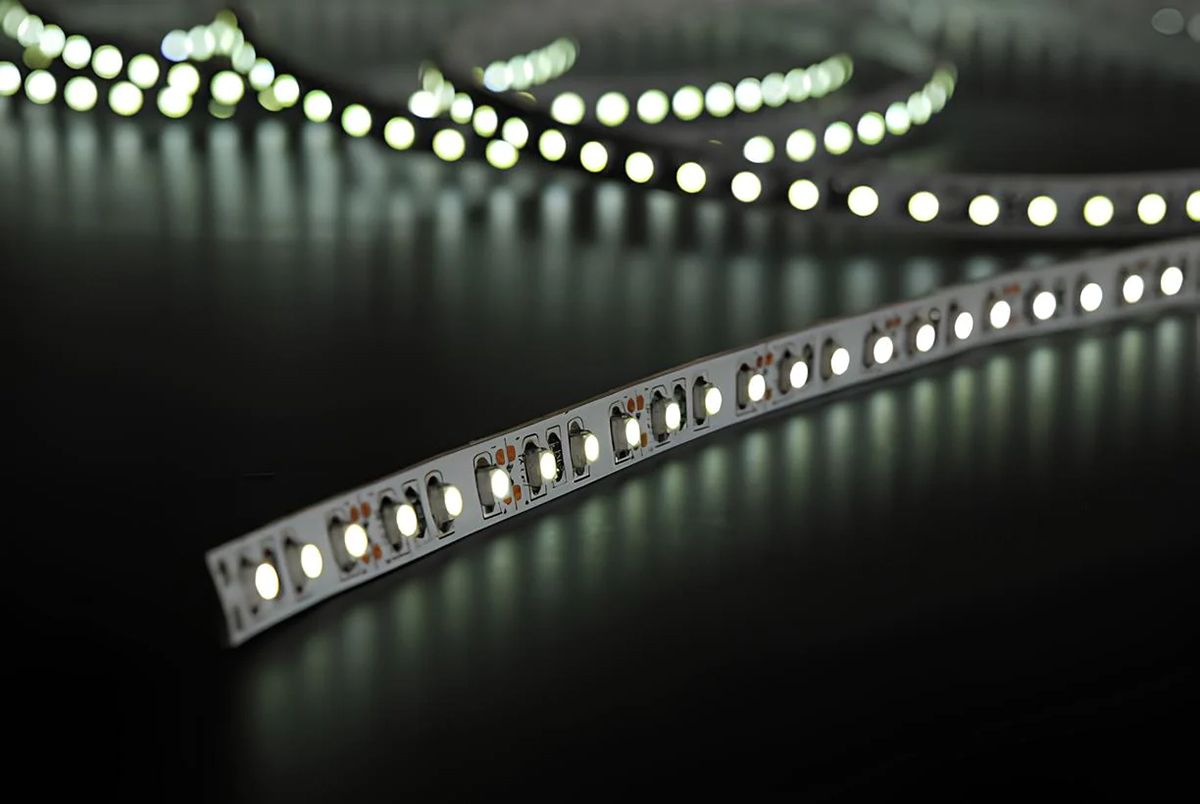

Lighting Appliances
How Long LED Strips Last
Modified: January 24, 2024
Discover how long LED strips last and why they're a durable lighting solution for your home or business. Learn about the lifespan of lighting appliances.
(Many of the links in this article redirect to a specific reviewed product. Your purchase of these products through affiliate links helps to generate commission for Storables.com, at no extra cost. Learn more)
Introduction
LED strips have become a popular lighting solution for both residential and commercial spaces. Their versatility, energy efficiency, and vibrant illumination make them a go-to option for various applications, from accent lighting to ambient illumination. However, one common question that arises among consumers is the lifespan of LED strips. Understanding the factors that influence their longevity and learning how to maximize their lifespan is crucial for making informed purchasing decisions and ensuring optimal performance.
In this comprehensive guide, we will delve into the world of LED strips, exploring what they are, the factors that affect their lifespan, the average duration they are expected to last, and valuable tips to extend their longevity. By the end of this article, you will have a deeper understanding of LED strip lifespan and how to make the most of these innovative lighting solutions.
Key Takeaways:
- LED strips can last between 30,000 to 50,000 hours when properly maintained, offering long-term value and cost savings compared to traditional lighting options.
- Factors such as operating temperature, material quality, and power supply stability influence LED strip lifespan. Proper ventilation, quality installation, and regular maintenance can extend their longevity.
Read more: How Long Does A Light Bulb Last
What are LED Strips?
LED strips, also known as LED tape or ribbon lights, are flexible circuit boards populated with light-emitting diodes (LEDs) that emit powerful and efficient illumination. These versatile lighting solutions are available in various colors, including warm white, cool white, and RGB (red, green, blue), allowing for a wide range of lighting possibilities. LED strips come in different lengths and can be cut to size, making them adaptable to diverse lighting requirements.
One of the key attributes of LED strips is their flexibility, which enables them to conform to curved or irregular surfaces, making them suitable for both decorative and functional lighting applications. Whether used for under-cabinet lighting in kitchens, accent lighting in architectural features, or creating captivating visual displays, LED strips offer a seamless and energy-efficient lighting solution.
Furthermore, LED strips are renowned for their energy efficiency and durability. Compared to traditional lighting options, such as incandescent or fluorescent bulbs, LED strips consume significantly less energy while delivering consistent and long-lasting illumination. This makes them an environmentally friendly choice and contributes to cost savings over the long term.
With their ability to produce vibrant and uniform light output, coupled with their adaptability and energy efficiency, LED strips have revolutionized the way lighting is integrated into various environments, offering endless creative possibilities for both residential and commercial spaces.
Factors Affecting LED Strip Lifespan
The lifespan of LED strips is influenced by several factors, each playing a crucial role in determining how long these lighting solutions will maintain their optimal performance. Understanding these factors is essential for maximizing the longevity of LED strips and ensuring their sustained efficiency. Here are the key elements that affect the lifespan of LED strips:
- Operating Temperature: The temperature at which LED strips operate significantly impacts their lifespan. Excessive heat can accelerate the degradation of the LEDs and other components, leading to a shortened lifespan. Conversely, operating LED strips at lower temperatures can contribute to prolonged durability and performance.
- Quality of Materials: The quality of the materials used in manufacturing LED strips, including the LEDs, circuit boards, and protective coatings, directly influences their longevity. High-quality components and robust construction contribute to a longer lifespan and sustained performance.
- Power Supply: The stability and quality of the power supply connected to the LED strips play a critical role in their lifespan. Inconsistent or fluctuating power can lead to premature failure of the LEDs and other components, emphasizing the importance of using reliable and appropriately matched power sources.
- Operating Hours: The duration for which LED strips are operated daily, commonly referred to as the “duty cycle,” impacts their lifespan. Continuous operation for extended periods may reduce their longevity, while intermittent usage can contribute to prolonged lifespan.
- Environmental Conditions: The environmental factors to which LED strips are exposed, such as humidity, dust, and vibration, can affect their performance and longevity. Proper protection and installation in suitable environments can mitigate potential damage and extend their lifespan.
- Installation and Handling: The correct installation and careful handling of LED strips are vital for ensuring their longevity. Avoiding excessive bending, twisting, or physical damage during installation and maintenance can prevent premature failure and maintain their performance over time.
By considering and addressing these factors, users can effectively prolong the lifespan of LED strips, maximizing their value and performance while minimizing the need for premature replacements.
LED strips can last up to 50,000 hours, but their lifespan can be affected by factors like quality, usage, and environment. Be sure to buy high-quality LED strips and use them according to the manufacturer’s recommendations to maximize their lifespan.
Average Lifespan of LED Strips
The average lifespan of LED strips varies based on several factors, including the quality of the components, operating conditions, and maintenance practices. However, high-quality LED strips, when properly installed and operated, can typically last between 30,000 to 50,000 hours. This impressive longevity far surpasses traditional lighting options, making LED strips a durable and cost-effective lighting solution.
It’s important to note that the lifespan of LED strips is often measured based on the point at which the light output depreciates to around 70% of its initial brightness. While LED technology inherently maintains its brightness over a longer period compared to conventional lighting, this gradual decrease in brightness serves as a benchmark for evaluating the lifespan of LED strips.
When considering the average lifespan of LED strips, it’s essential to recognize the impact of operating conditions. Factors such as ambient temperature, operating voltage, and duty cycle can influence the actual lifespan of LED strips. Additionally, the quality of the LEDs and other components, as well as the design and construction of the LED strips, play a significant role in determining their longevity.
For residential and commercial applications, the extended lifespan of LED strips translates to reduced maintenance and replacement costs, as well as lower energy consumption over time. This longevity, combined with their energy efficiency and versatility, positions LED strips as a sustainable and reliable lighting solution for a wide range of lighting needs.
By understanding the average lifespan of LED strips and the factors that influence it, users can make informed decisions when integrating these lighting solutions into their spaces, ensuring long-term performance and satisfaction.
Tips to Extend LED Strip Lifespan
Maximizing the lifespan of LED strips involves proactive measures aimed at preserving their performance and durability. By implementing the following tips, users can effectively extend the longevity of LED strips, ensuring sustained illumination and value:
- Proper Ventilation: Ensure adequate ventilation around the installed LED strips to dissipate heat effectively. This helps maintain optimal operating temperatures and prevents heat buildup, contributing to prolonged lifespan.
- Quality Installation: Carefully install LED strips according to the manufacturer’s guidelines, avoiding sharp bends or kinks that may stress the components. Secure connections and proper mounting minimize potential damage and ensure reliable performance.
- Appropriate Power Supply: Use high-quality power supplies that match the voltage and current requirements of the LED strips. Stable and clean power delivery is essential for preserving the longevity of the LEDs and other components.
- Controlled Operating Hours: Implement controls or timers to manage the operating hours of LED strips, reducing unnecessary usage and extending their lifespan by minimizing continuous operation.
- Environmental Protection: Shield LED strips from environmental factors such as moisture, dust, and physical impact by utilizing appropriate protective covers and ensuring suitable installation locations.
- Regular Maintenance: Periodically inspect and clean the LED strips to remove dust and debris that can affect their performance. Additionally, check for loose connections and signs of wear to address potential issues promptly.
- Dimming and Dimmer Compatibility: Utilize dimming capabilities compatible with LED strips to adjust brightness levels while maintaining efficient operation, contributing to extended lifespan and energy savings.
- Invest in Quality Products: Select LED strips from reputable manufacturers known for using high-quality components and robust construction, ensuring superior longevity and performance.
By adhering to these tips, users can significantly enhance the lifespan of LED strips, optimizing their lighting investment while minimizing the need for premature replacements. These proactive measures not only contribute to sustained performance but also promote energy efficiency and cost savings over the operational lifespan of LED strips.
Read more: How Long Does An LED Bulb Last
Conclusion
LED strips have emerged as a versatile and energy-efficient lighting solution, offering vibrant illumination and creative possibilities for various applications. Understanding the factors that influence the lifespan of LED strips is essential for maximizing their longevity and ensuring sustained performance. By considering elements such as operating temperature, material quality, power supply stability, and environmental conditions, users can take proactive steps to extend the lifespan of LED strips, optimizing their lighting investment.
The average lifespan of LED strips, ranging from 30,000 to 50,000 hours for high-quality products, underscores their durability and long-term value. This extended lifespan, coupled with their energy efficiency, positions LED strips as a sustainable lighting choice for residential, commercial, and decorative lighting needs.
By implementing tips such as proper ventilation, quality installation, controlled operating hours, and regular maintenance, users can effectively prolong the lifespan of LED strips, minimizing the need for replacements and enhancing their overall lighting experience. Additionally, selecting LED strips from reputable manufacturers known for their commitment to quality ensures superior longevity and performance.
In conclusion, LED strips offer a compelling combination of longevity, energy efficiency, and versatility, making them a valuable lighting solution for modern environments. By understanding the factors influencing their lifespan and following best practices to extend their longevity, users can harness the full potential of LED strips, enjoying sustained illumination and cost-effective lighting solutions for years to come.
Frequently Asked Questions about How Long LED Strips Last
Was this page helpful?
At Storables.com, we guarantee accurate and reliable information. Our content, validated by Expert Board Contributors, is crafted following stringent Editorial Policies. We're committed to providing you with well-researched, expert-backed insights for all your informational needs.
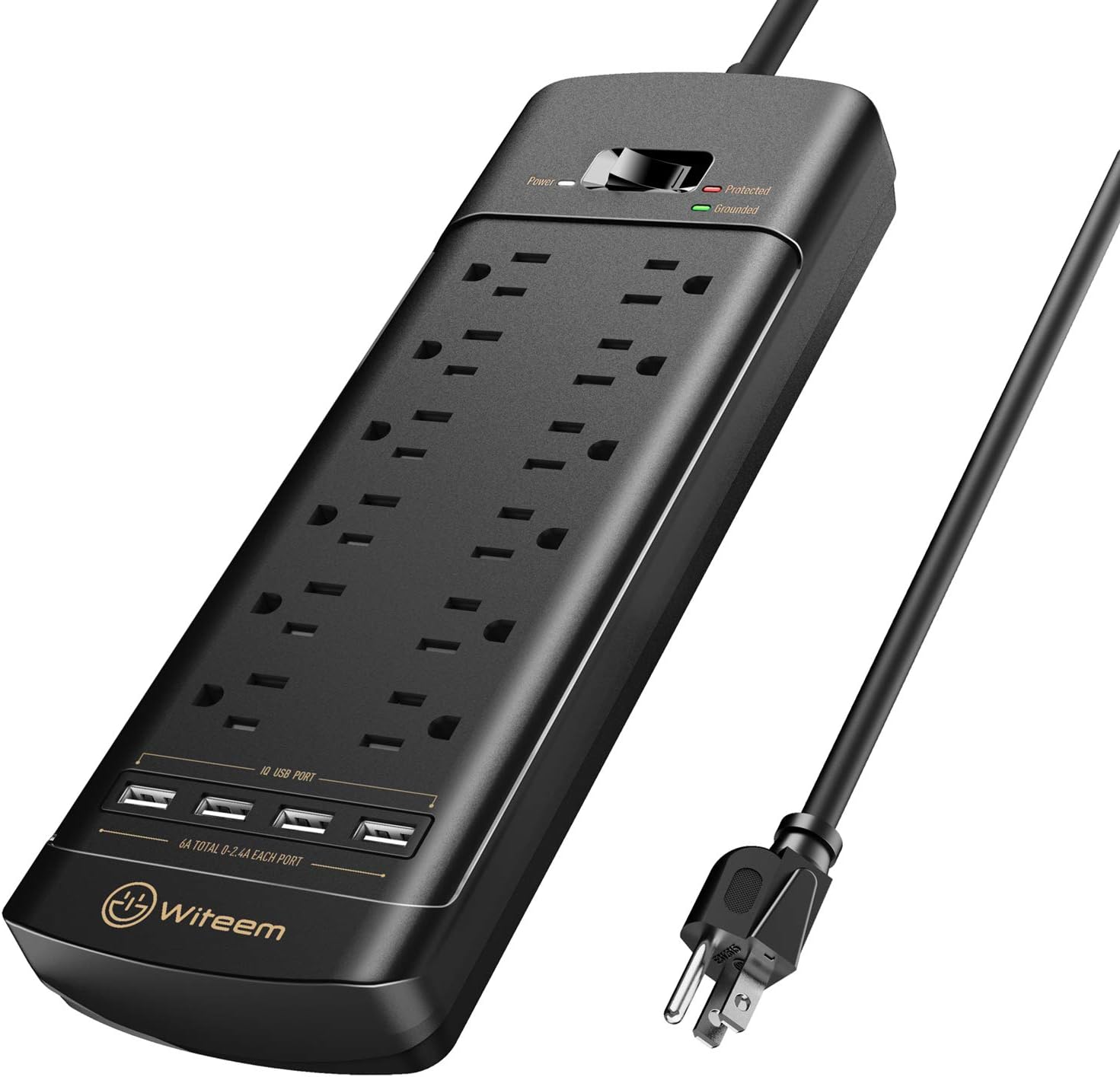

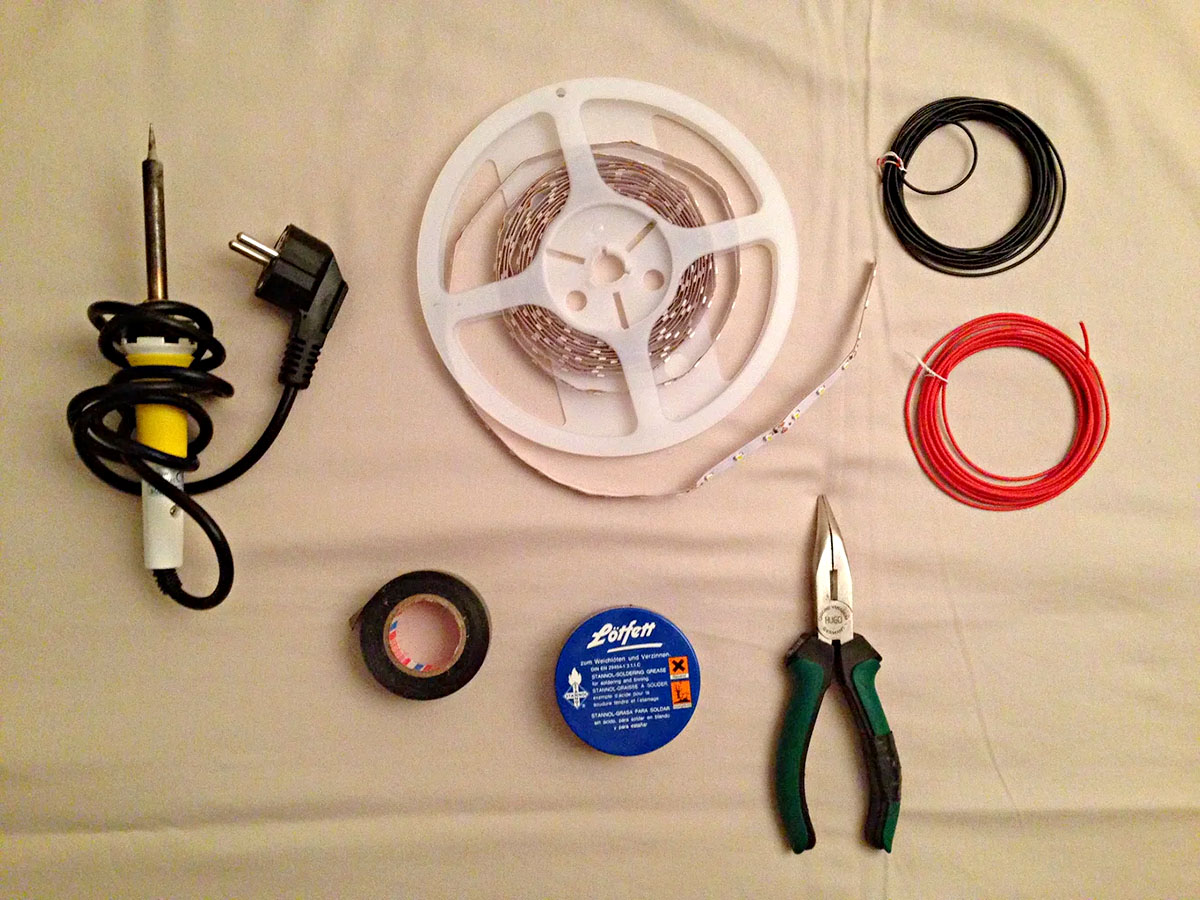
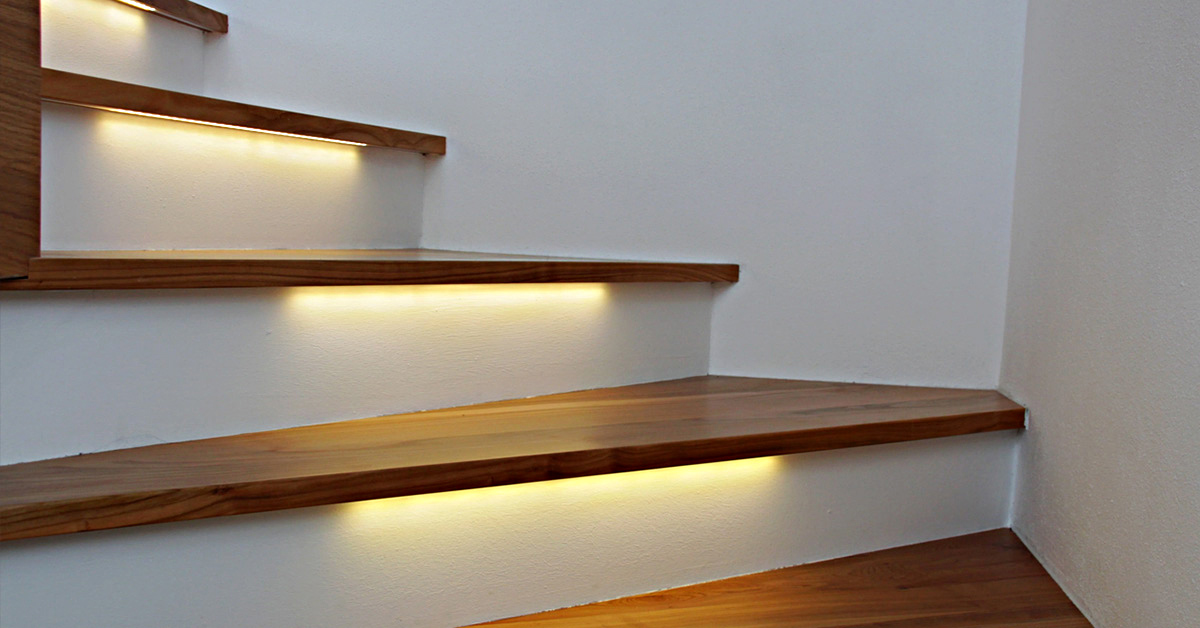
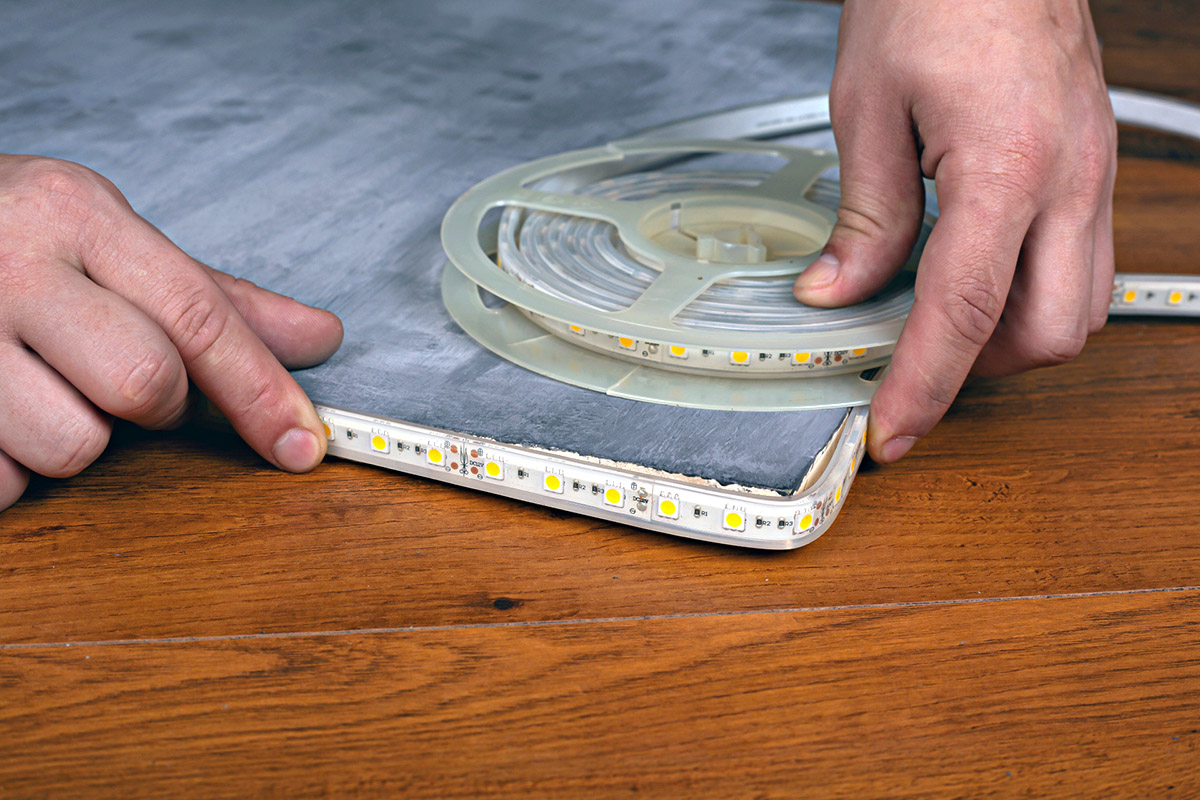
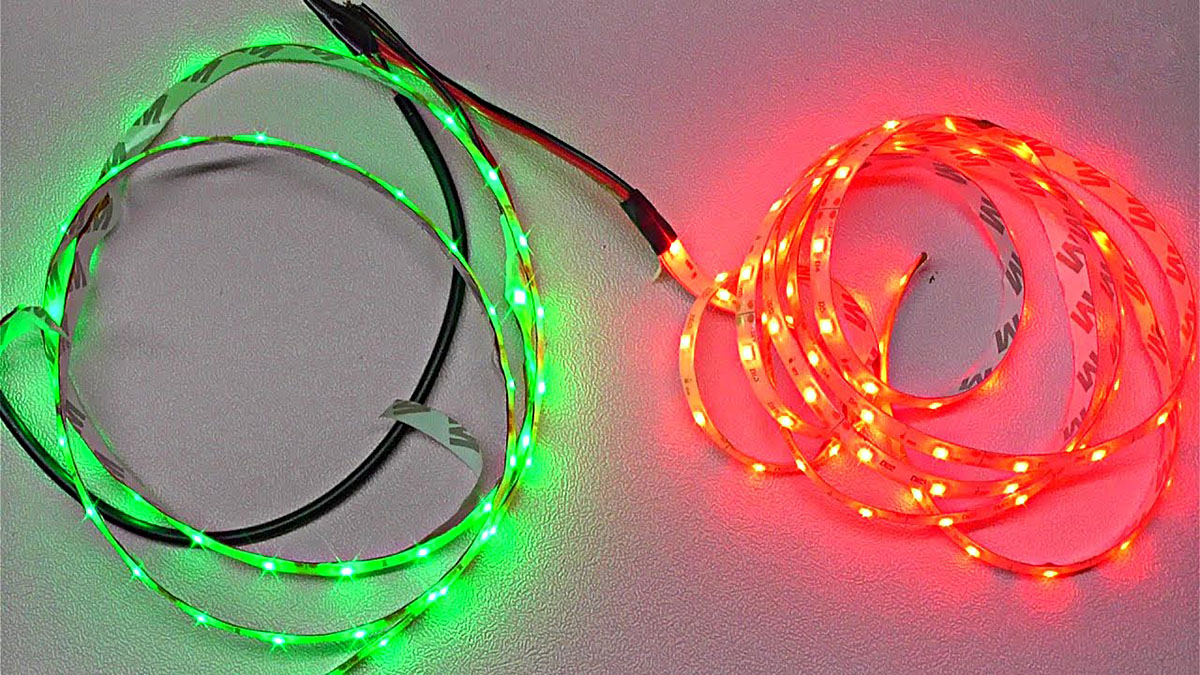
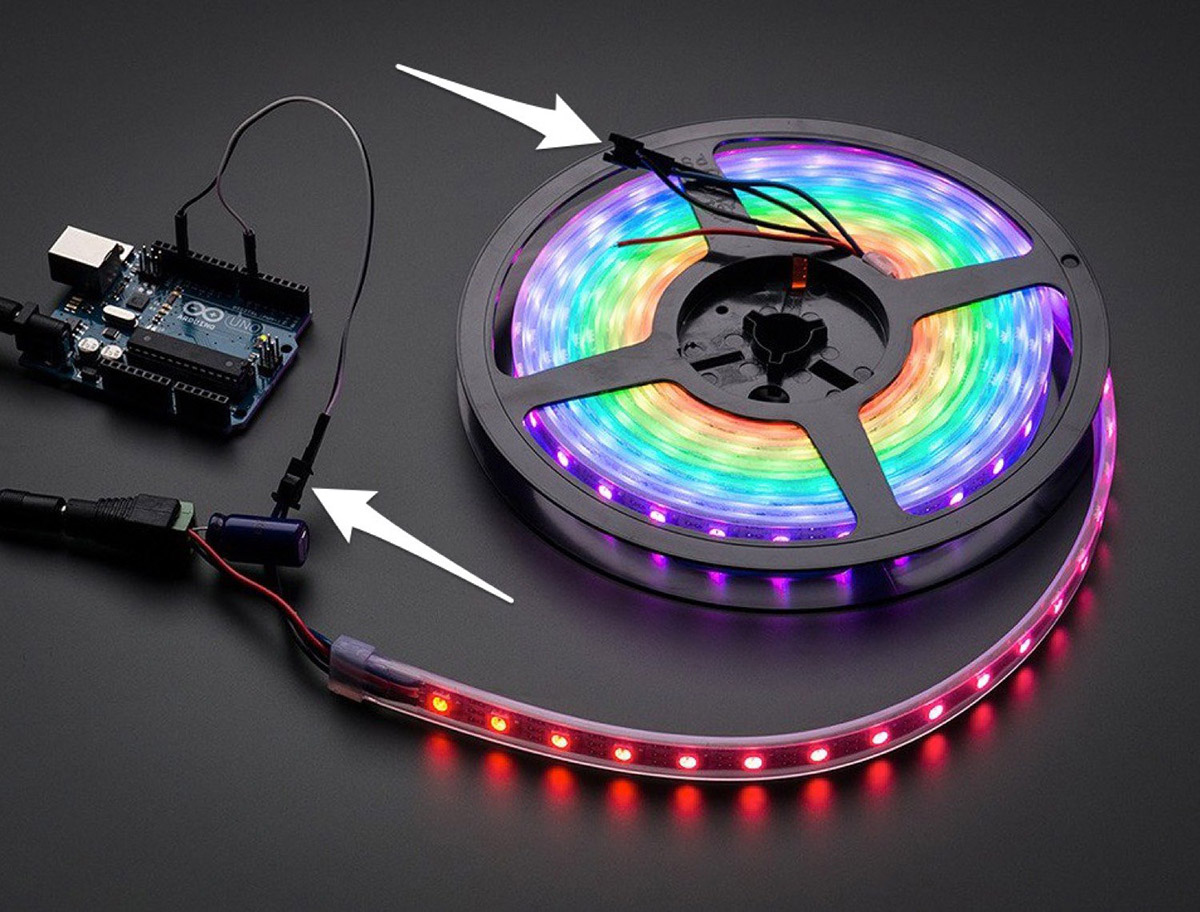
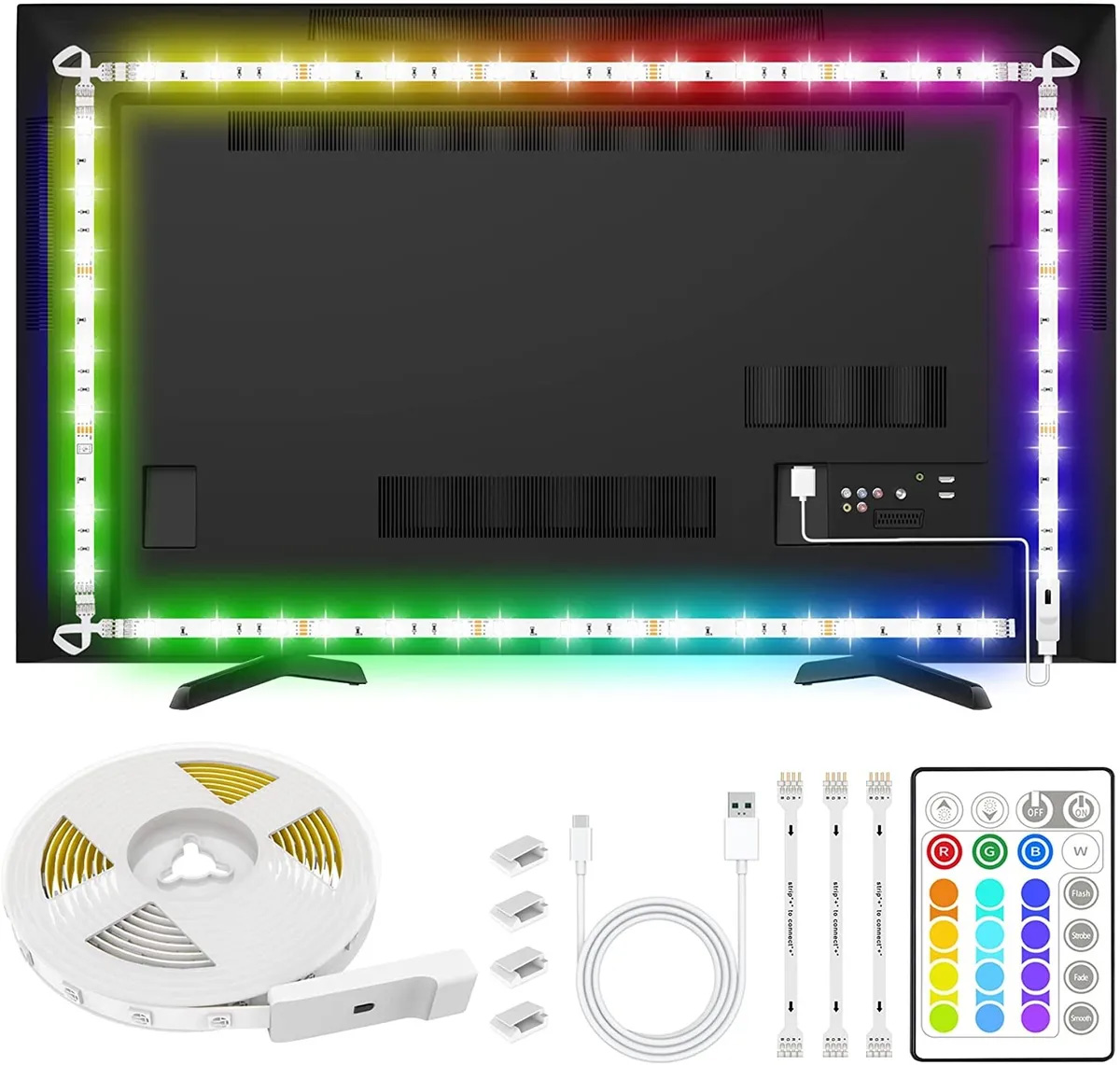
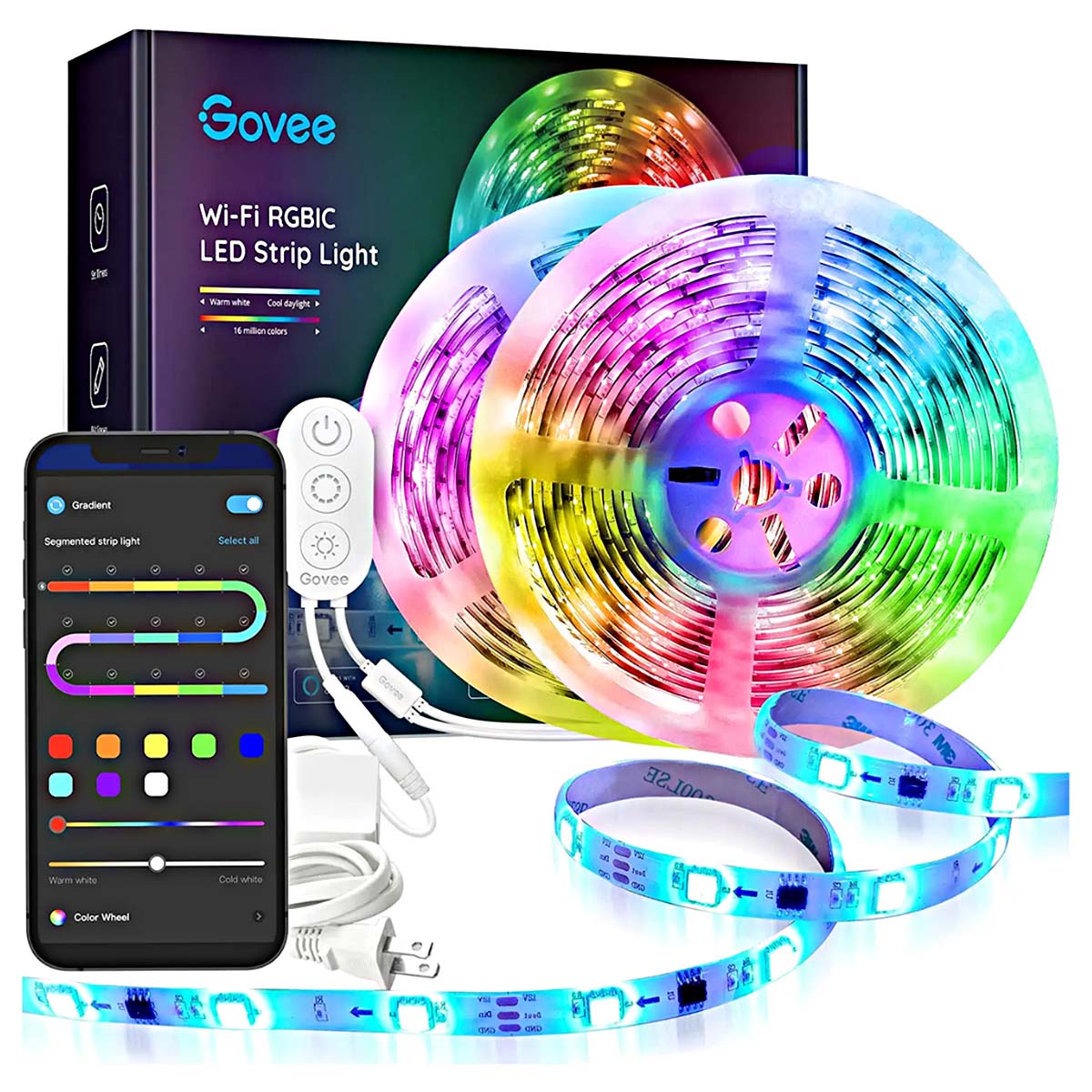
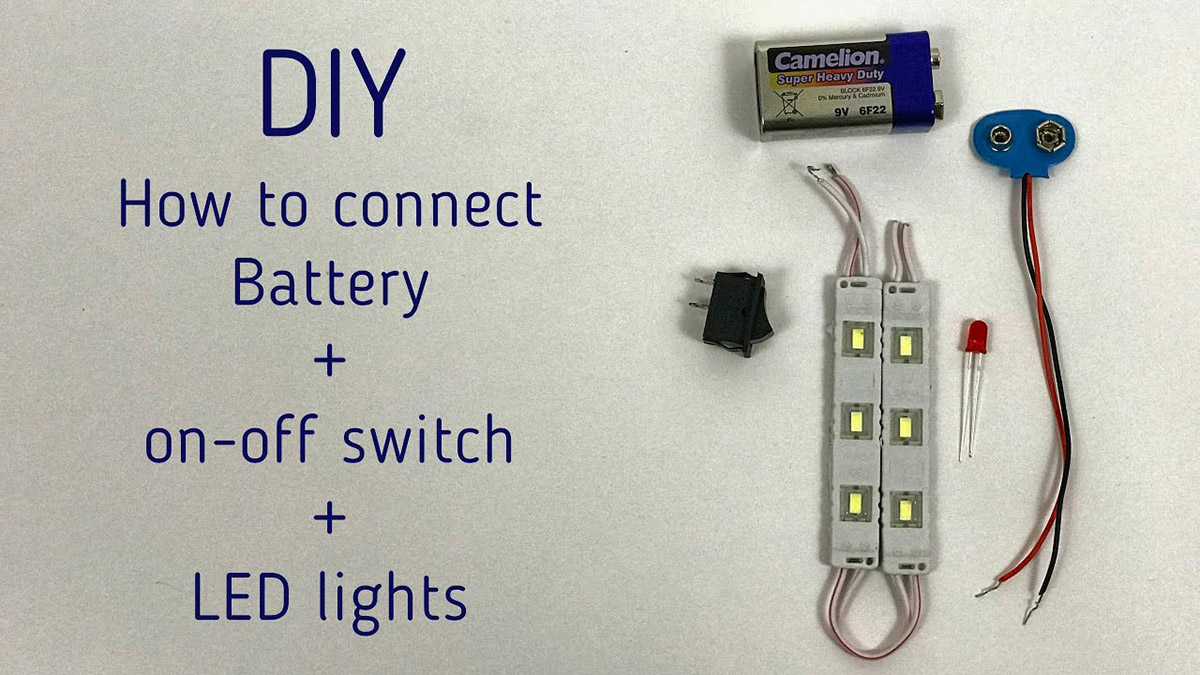
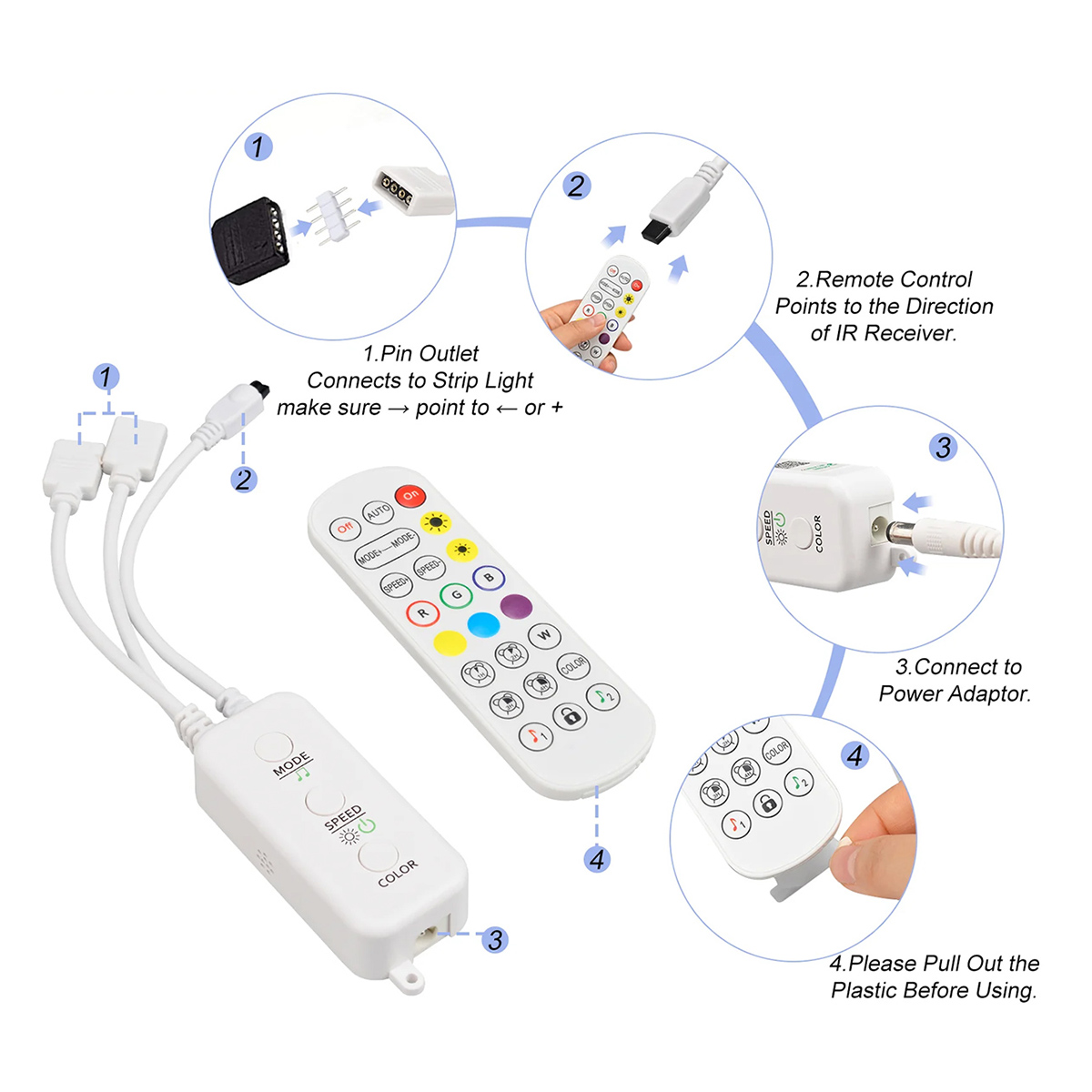

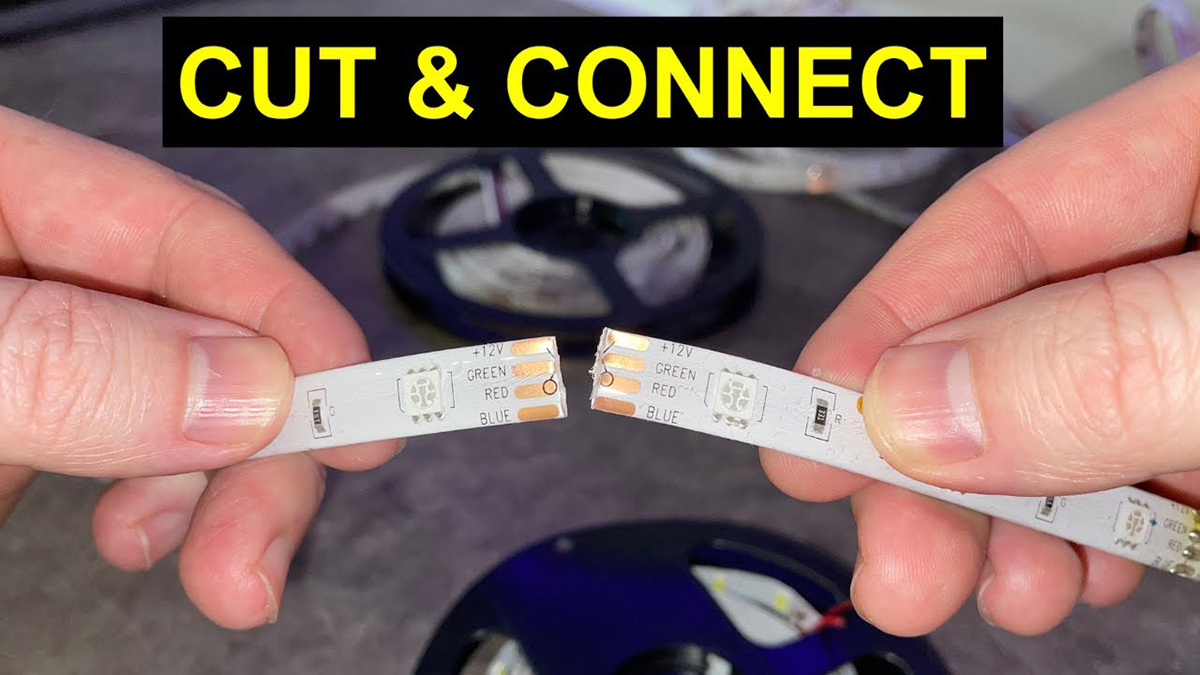
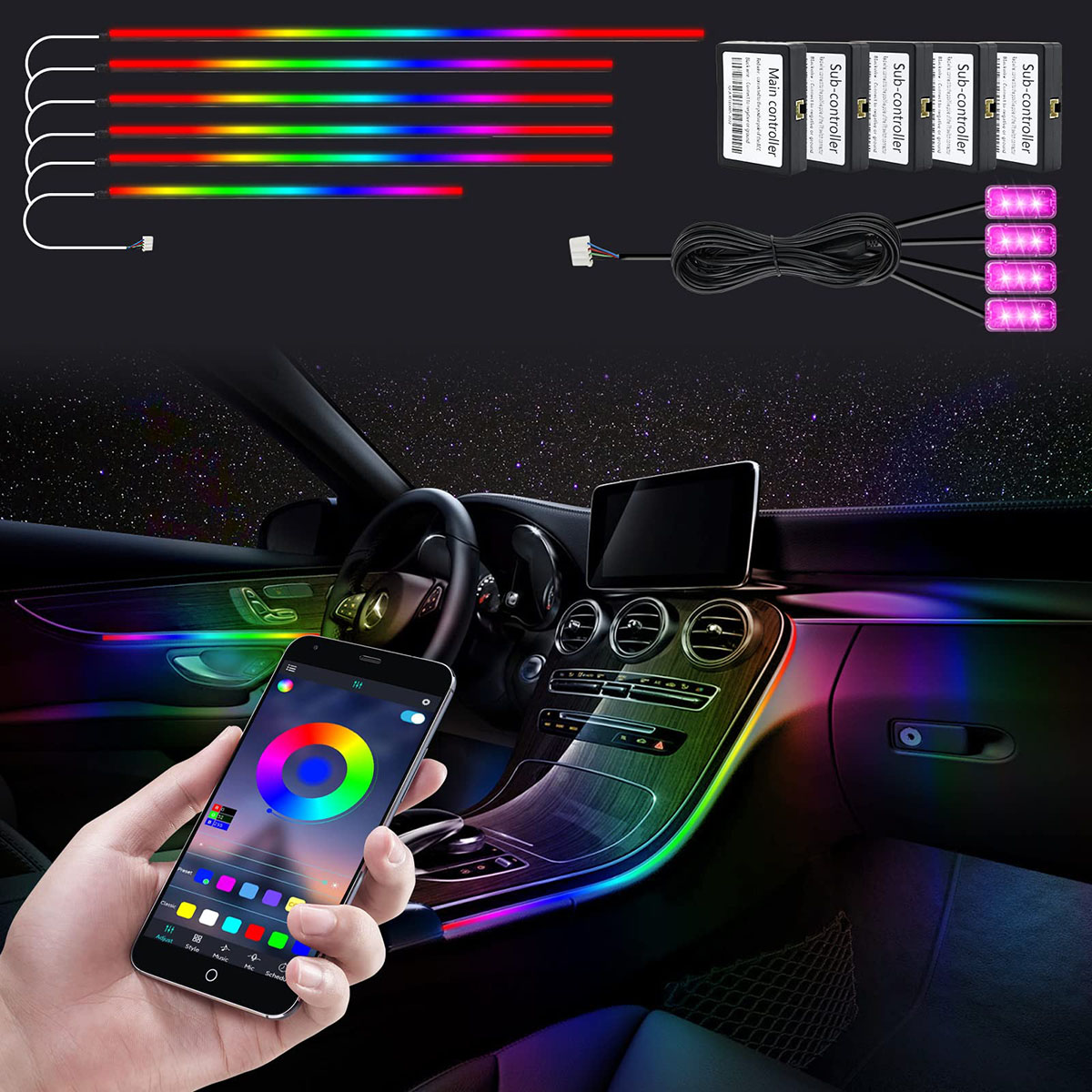

0 thoughts on “How Long LED Strips Last”